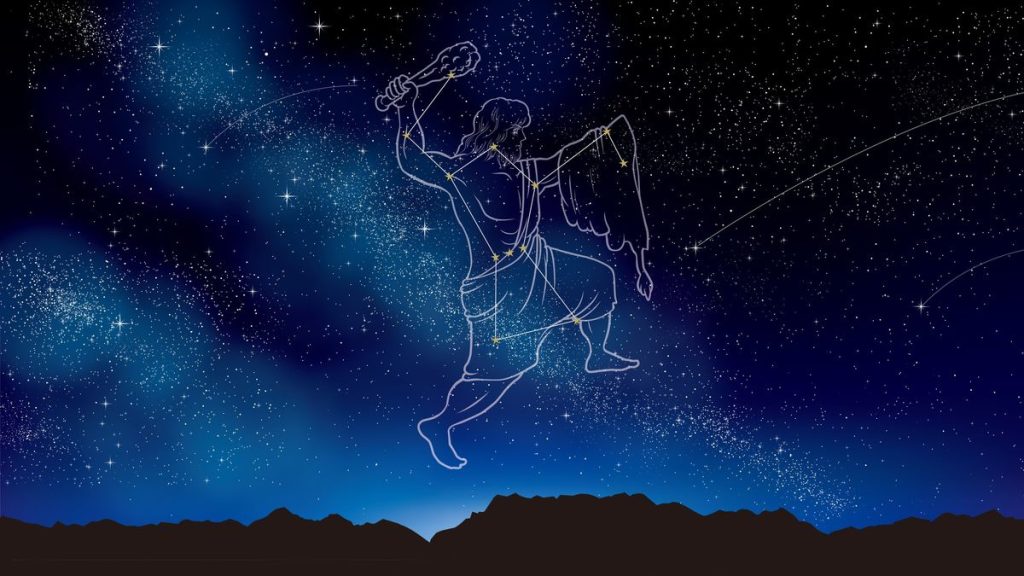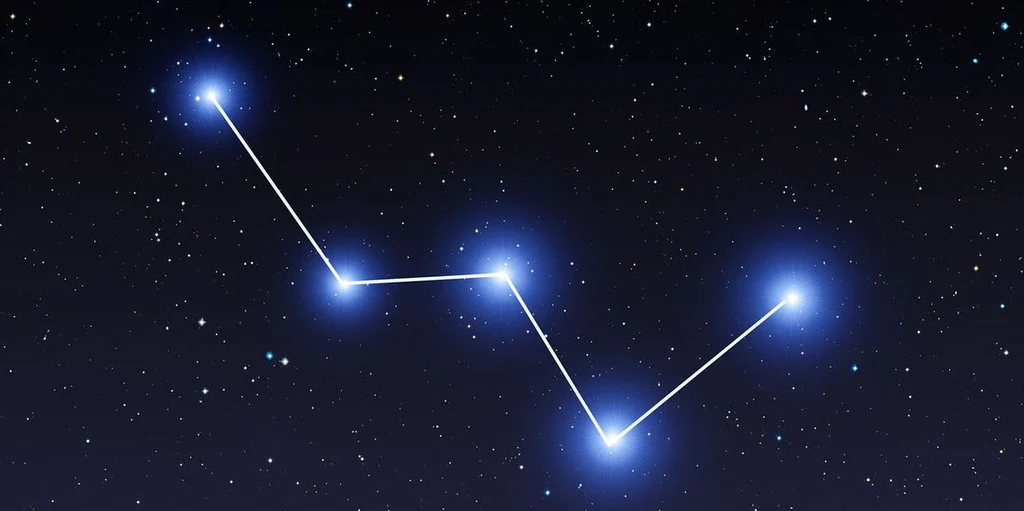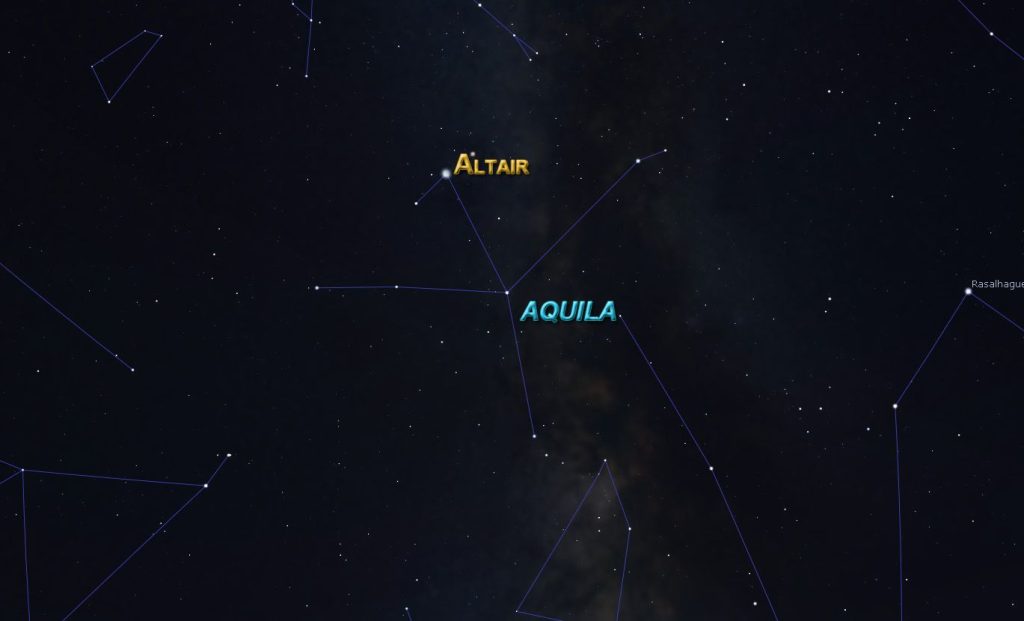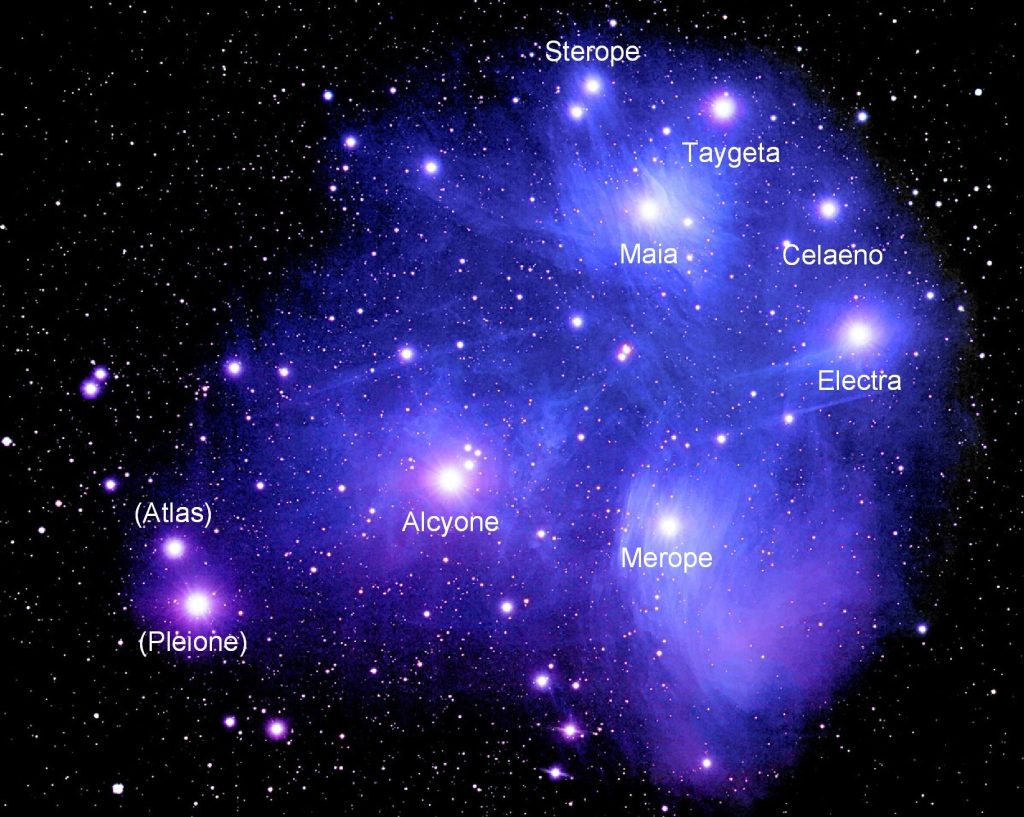Eight Stories Beyond The Stars: Why Are Stars So Romantic?
9th Feb 2024
The beauty of stars in the night sky has captivated people for centuries. Many cultures have intertwined love stories with celestial bodies. Ancient myths and legends often feature gods and goddesses whose romances are immortalized with a constellation.
Perhaps, that’s why, throughout history, couples have found romance in stargazing. Lying under the stars and sharing stories creates a deeply intimate and romantic atmosphere.
In anticipation of St. Valentine’s Day, let’s explore the most wonderful stories beyond the constellations and try to explain why stars are so romantic!
Orion and Artemis (Diana)
The narrative of Orion and Artemis (Diana) is a touching love story rooted in Greek and Roman mythology. Orion, a great hunter of unparalleled skill and strength, became enamoured with Artemis, the goddess of the hunt, wild animals, and the wilderness. Artemis, known as Diana in Roman mythology, was a fiercely independent and chaste goddess who valued her freedom and devotion to the natural world. To get the goddess’s love, Orion claimed that he could defeat any creature on Earth. This led to a scorpion sent by the jealous earth goddess Gaia to challenge him. Unfortunately, Orion was stung by the scorpion and died.
Distraught over the loss of her beloved, Artemis asked Zeus, the king of the gods, to place Orion among the stars. In response to her plea, Orion was immortalized as a constellation, forever visible in the night sky. In many depictions, he is positioned in close proximity to the Pleiades, the seven sisters, which Artemis holds dear.

Image Credit: Space.com
Cassiopeia and Cepheus
The constellations of Cassiopeia and Cepheus are associated with a classic Greek mythological tale. Cassiopeia, the queen of Aethiopia, and Cepheus, her husband and king, were proud parents of a beautiful daughter named Andromeda. Cassiopeia, however, boasted about her daughter’s unique beauty, claiming that Andromeda surpassed even the sea nymphs, the Nereids. This boastful proclamation angered the sea god Poseidon, who responded by sending a sea monster (often depicted as Cetus) to terrorize the kingdom.
In desperation, Cepheus sought the advice of the Oracle of Ammon, who declared that to appease Poseidon and save their kingdom, they must sacrifice their daughter Andromeda to the sea monster. Andromeda was chained to a rock near the shore as an offering to the creature.
Fortunately, the hero Perseus, returning from a quest, encountered the distressed Andromeda. Stricken by her beauty, Perseus offered to rescue her if she agreed to become his wife. With the aid of the severed head of the Gorgon Medusa, Perseus turned the sea monster to stone, saving Andromeda.
The constellations associated with this myth are Cassiopeia, often depicted as a seated queen, and Cepheus, portrayed as a king. The story of Cassiopeia and Cepheus is a tale of pride punished by divine forces, the sacrifice of innocence, and the redemptive power of heroism and love.

Image Credit: Astrophotography Lens
Aquila and Altair (The Cowherd and Weaver Girl)
The tale of Aquila and Altair comes from Chinese mythology. It is often associated with the romantic Qixi Festival, also known as the Chinese Valentine’s Day, a celebration of love and romance. The story revolves around two star-crossed lovers, represented by the stars Altair and Vega.
The legend narrates the story of a celestial cowherd, represented by the star Altair in the constellation Aquila, and a weaver girl, symbolized by the star Vega in the constellation Lyra. These lovers, known as Niulang and Zhinü were separated by the Jade Emperor, ruler of the heavens, who disapproved of their earthly union.
However, moved by their love and devotion, the Jade Emperor allowed the couple to meet once a year on the seventh day of the seventh lunar month when a bridge of magpies (represented by the star Deneb) would form across the Milky Way, connecting the two lovers.

Image Credit: ThoughtCo
The Swan (Cygnus)
The constellation Cygnus, or The Swan refers to the Greek mythological tale about Zeus, the king of the gods, and his transformation into a swan.
In one of the most well-known stories, Zeus took on the form of a swan to seduce Leda, the Queen of Sparta. According to the myth, Leda was bathing in a river when Zeus, captivated by her beauty, transformed into a swan and approached her. The result of this union was the birth of two sets of twins: Pollux and Helen (the children of Zeus), and Castor and Clytemnestra (the mortal children of Leda’s husband, King Tyndareus).
The constellation Cygnus has a distinctive shape resembling a swan in flight.

Image Credit: Star Name Registry
The Twins (Gemini)
The constellation Gemini, known as The Twins, is connected to a mythological story from Greek and Roman mythology. The story revolves around Castor and Pollux, two brothers known as the Dioscuri. Their story is one of brotherly love, loyalty, and the bond that transcends even death.
Castor and Pollux were born to Leda, the Queen of Sparta, but with different fathers. Castor was the mortal son of Tyndareus, while Pollux was the divine son of Zeus. Despite their different parentage, the brothers shared an inseparable bond and were known for their exceptional bravery and skills in various endeavors.
Tragically, Castor met his demise during a conflict. Overwhelmed by grief at the loss of his twin, Pollux prayed to Zeus to be reunited with Castor. In response to Pollux’s plea, Zeus granted them a unique form of immortality. The brothers were placed in the sky as the constellation Gemini, ensuring that they would always be together, even in the celestial realm.

Image Credit: Astrophotography Lens
The Lovers (Astraea and Sterope)
In Greek mythology, Astraea and Sterope are two of the Pleiades, a cluster of stars in the Taurus constellation. Their stories often involve love and the pursuit of divine connection.
Astraea and Sterope are two of the Pleiades, a cluster of stars in the Taurus constellation. However, it is important to note that in Greek mythology, the Pleiades were generally considered to be nymphs, daughters of the Titan Atlas and the oceanid Pleione. The Pleiades were Maia, Electra, Alcyone, Taygete, Celaeno, Sterope, and Merope.
Sterope is sometimes associated with the story of a mortal love affair. According to some accounts, Sterope was courted by the mortal prince Ares, and they had several children together, including Oenomaus, the king of Pisa.
Astraea, on the other hand, is often depicted separately in Greek mythology. She is the daughter of Zeus and Themis, and she personifies justice. In some traditions, Astraea is associated with the starry sky, but she is not typically considered one of the Pleiades. Astraea abandoned Earth during the Iron Age due to the growing wickedness of humanity.

Image Credit: Pinterest
Venus (The Evening Star)
While not a constellation, Venus, the planet that often refers to the Evening Star, is associated with love and beauty in various mythologies.
In Roman mythology, Venus was the goddess of love, beauty, fertility, and victory. She was the Roman counterpart to the Greek goddess Aphrodite. In Mesopotamian mythology, Venus associated with the goddess Inanna, embodying both love and war. In Hindu mythology, Venus has a name Shukra, the teacher of the demons and the author of an important Sanskrit work on astrology.
Venus has a unique cycle, alternating between being the Morning Star and the Evening Star, depending on its position relative to the Sun. This dual nature has inspired various interpretations, with some cultures associating the Morning Star with new beginnings and the Evening Star with reflection and introspection.

Image Credit: Quora
Lyre (Lyra)
In Greek mythology, Orpheus, son of the muse Calliope and the god Apollo, possessed unparalleled musical prowess. His lyre-playing skills were so enchanting that they could tame wild beasts and coax even the rocks to soften. Yet, it was the love between Orpheus and Eurydice that would elevate his music to ethereal heights.
The tragic story unfolds when Eurydice, the beloved wife of Orpheus, meets an untimely death. Overwhelmed by grief, Orpheus embarks on a perilous journey to the Underworld to retrieve his lost love. Guided by the sheer beauty of his lyre’s melodies, he convinces Hades and Persephone to allow Eurydice to return to the world of the living.
However, the gods set a challenging condition: Orpheus must not look back at Eurydice until they have both reached the world above. As you can guess, Orpheus succumbs to doubt and casts a backward glance, losing Eurydice forever.
To immortalize Orpheus’s tragic yet transcendent love, the gods placed his lyre in the night sky as the constellation Lyra. Its distinctive shape, often likened to a harp, pays homage to the power of music and love.

Image Credit: ThePlantets.org






Thank you for your comment! It will be visible on the site after moderation.